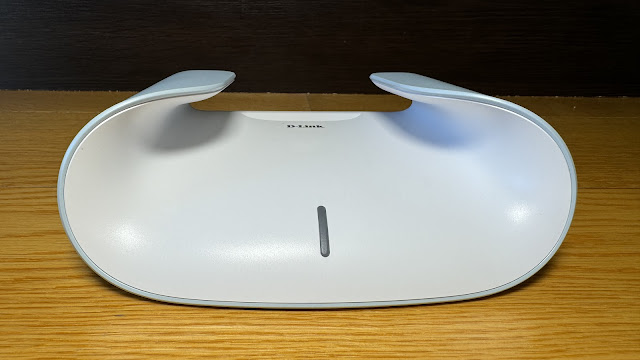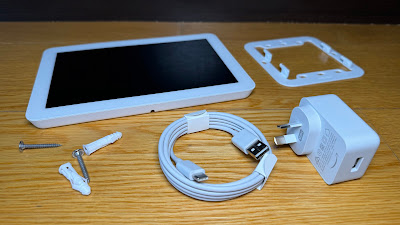Today's review isn't really a review. That's because it's only been a couple of months since I first tried the D-Link Aquila Pro AI mesh system and nothing's really changed since then.
Except... It's possible you went out and bought yourself a couple of Aquila Pro AI routers and discovered that although they cover a very large area, your area's even larger and you still have a couple of dark spots you're not quite getting to.
What's more likely is you haven't done anything and you're still sitting there frustrated with your home Wi-Fi performance not knowing quite what to do about it.
At least, that's what the Commerce Commission's RealSpeed report suggested earlier this month. The commission found that many consumers were paying top dollar for "Ultra-Fast" fibre plans but were being let down by slow or outdated routers, effectively having their powerful plans choked off and slowed down at the first hurdle, before any devices could even connect to their home network.
Either way, once again D-link has come to the rescue.
Just to quickly recap, a mesh router system like D-Link Aquila Pro AI lets you set up a home Wi-Fi network with multiple routers, all using the same SSID (or network name) and password so you can remain seamlessly connected, everywhere around the house.
Back in February, I was impressed with D-Link's Aquila Pro AI devices, although at that time I'd only had access to the M30 2-pack. Even so, this was plenty of coverage for my large, two-storey, four-bedroom home.
This was due partly to the large number of internal antennae in each device (5 in fact) and the more spherical coverage pattern created by the Aquila Pro AI's distinctive stingray-like shape. Most conventional routers do okay at pushing their signal out sideways and to a certain extent, down - but they often struggle with height. For example, many Wi-Fi users run into problems in upstairs bedrooms if their sole router is plugged in back down behind the TV on the ground floor.
Supposedly, D-Link has created a much more versatile device here, producing a more even, ball-shaped coverage area from each Aquila router.
However, the beauty of a system like this is you can keep adding on and to be completely honest, while two routers covered all my rooms easily, I do have a number of security cameras installed outside and it's often a challenge to get a reliable feed from some of the more ambitiously situated ones.
So I thought it would be well worth adding a third Aquila Pro to the mix - and as I've already mentioned, they're available as single add-ons, or in packs of two or three.
If you are one of those people the Commerce Commission is concerned with though, perhaps the main reason you're accessing this webpage via a slow, outdated router is you're worried you don't have the tech know-how to set up a mesh system like this on your own.
Let me assure you, you can do it. Which is why I filmed the little video at the bottom of this article to demonstrate just how straightforward the D-Link setup process is. The main trick is to make sure you download the right D-Link app - as I complained in my previous Aquila Pro AI review, it makes no sense to have three or four different apps that all do essentially the same thing, just because you keep bringing out new products.
That aside, once you have downloaded the app - the Aquila Pro AI app that is - the rest is child's play. Just follow the instructions, don't skip any steps and you should have your new mesh network set up in just a few minutes... Especially given the add-on devices pair themselves automatically. Oops... Hope I didn't ruin the end of the video!
The point is, don't let technophobia keep you from fast, reliable Wi-Fi coverage at your place - or even outside your place. D-Link's new M30 Aquila Pro AI devices look good and work even better, promising speeds of up to 2400Mbps, which should be plenty for everyone. Although, if you really want to fire things up, D-Link has just brought out its M60 range of Aquila Pro AI routers - they're even faster... But that's a whole other story...
Click here for more information and pricing on the D-Link M30 Aquila Pro AI Add-On Point.
Click here for the full Commerce Commission RealSpeed report.










-2.JPG)
-4.JPG)
-1.JPG)
-3.JPG)








